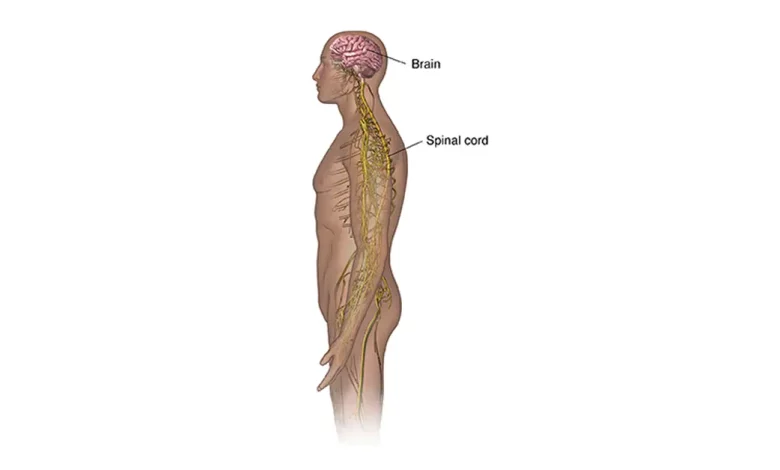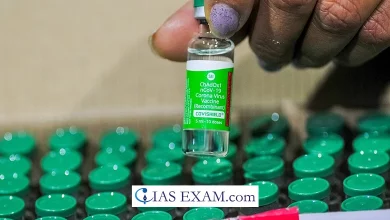
Context:-Patients with Amyotrophic Lateral Sclerosis (ALS) face considerable difficulties; some are paralyzed and use blink to communicate. Additionally, caregivers carry heavy emotional and physical pressures.
Amyotrophic Lateral Sclerosis Disease:-
A uncommon neurological condition called Amyotrophic Lateral Sclerosis (ALS), also known as Motor Neurone Disease (MND) or Lou Gehrig’s Disease, causes the gradual loss of motor neurons that regulate voluntary muscles.
The most prevalent motor neuron disease is ALS.
Symptoms
- Muscular stiffness, jerks, gradually worsening weakness, and muscular wastage are among the early signs of ALS.
- In contrast to bulbar-onset ALS, which starts with difficulty speaking or swallowing, limb-onset ALS first manifests as weakness in the arms or legs.
- 15% of those with ALS go on to acquire frontotemporal dementia, and nearly half of those with ALS experience at least modest cognitive and behavioural impairments.
Causes
- 90% to 95% of ALS cases, also referred to as sporadic ALS, have no recognized cause.
- Familial ALS (hereditary) refers to the remaining 5% to 10% of cases, which are genetically predisposed and frequently associated with a family history of the disease.
- But it is thought that both hereditary and environmental variables play a role.
Treatment
- A person’s signs and symptoms are used to make the diagnosis, and testing is done to rule out any other probable reasons.
- Due to the lack of definitive biomarkers, the time from onset to diagnosis ranges between 8 and 15 months on average.
- For an ALS diagnosis, the detection of motor cell loss must occur in at least two different body locations.
- For ALS, there is no recognized treatment.Treatment aims to lessen symptoms and slow the spread of the disease.Riluzole (extends life by two to three months) and sodium chloride are medications that delay the progression of ALS.
Impact:-
Males are more likely than females to develop ALS. Age is a factor in ALS; most patients are diagnosed between the ages of 55 and 75, and typically live for between two and five years after the onset of symptoms.
The Impacts on patients:-
The high rate of depression among ALS patients has an impact on function and quality of life.And causes despair and social disengagement.
The Impacts on caretakers:-
The lives of caretakers are radically altered, and they take on a more important role in supporting ALS patients.
Daily care, mental stress, and changing habits are difficulties.
Conclusion:-
- Physical, psychological, and financial difficulties are all common among ALS patients.
- Government initiatives like NPRD provide some help, but classification standards for “rare diseases” require clarification.





.png)



